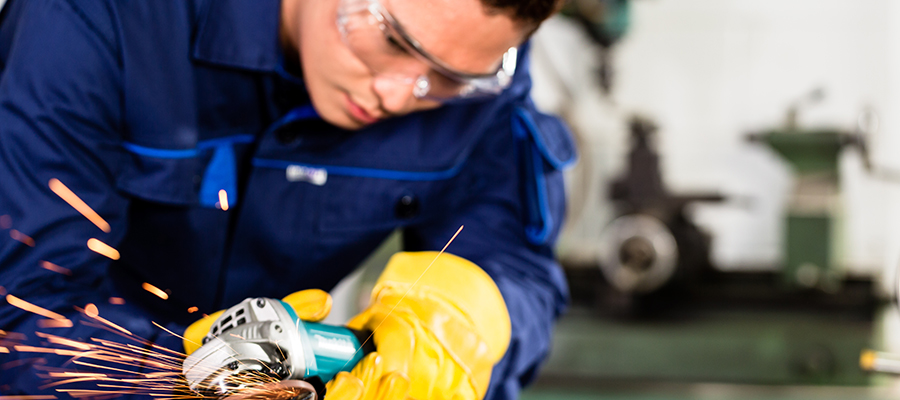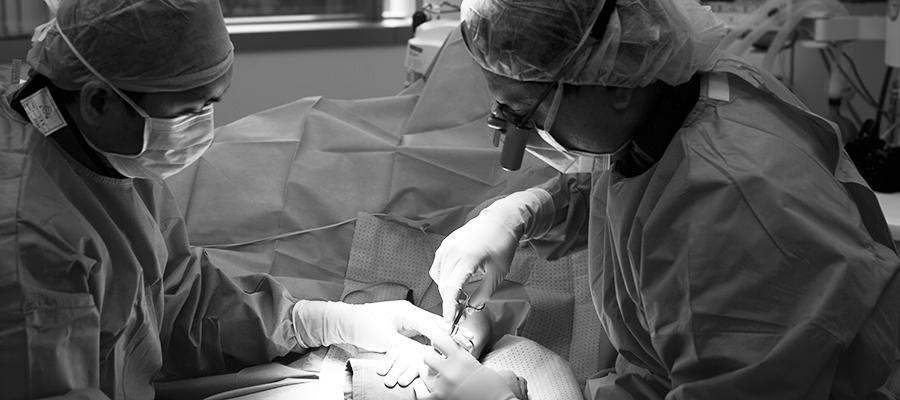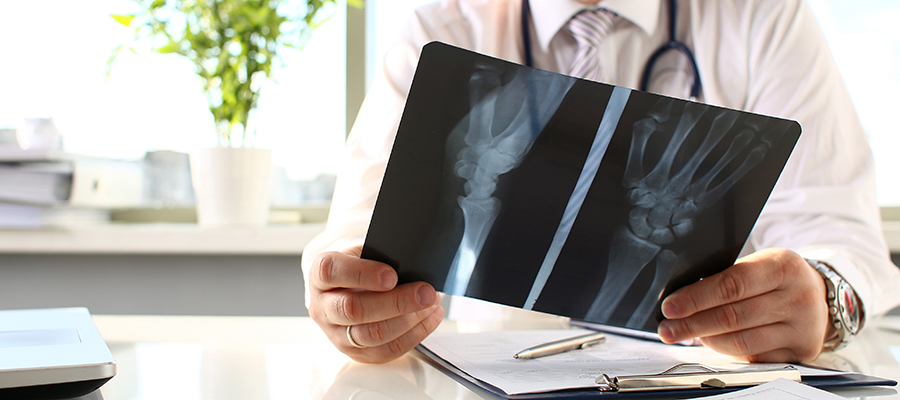A traumatic finger amputation is a scary prospect for many of us. While this is a technically challenging surgery, fingers or hands can be successfully reattached. Timing is of the essence, so it is important to know what to do when in the event of a finger or hand amputation. The success of reaching a maximum post-surgical functional outcome depends on the degree of injury as well as patient-specific factors.
Properly preserving the amputated finger and reaching the appropriate highly skilled medical team are considerable factors that contribute to enhanced replantation surgery outcomes.

The Good News
Replantation Success Stories
As one of the most common injuries resulting in visits to the emergency department, patients who undergo replantation after amputation have positive experiences. Due to the incredibly proficient microsurgical repair of veins, arteries, and nerves, many replantation surgeries have excellent functional and cosmetic outcomes.
An analysis of 24 fingertip replantations in 2011 showed an 87% success rate where all patients were satisfied with the functional outcome and aesthetic appearance.

Who Will Most Likely Benefit from Replantation Surgery?
Patients who arrive at a replant-capable facility within 24 hours with the amputated part will be assessed for potential replantation surgery. Primary indications for replantation are clean amputations with identifiable vessels without severe crush or avulsion injuries. In the hand, amputations of the thumb at any level, multiple digits, through the palm, single-digit amputations above the insertion of the flexor digitorum superficialis tendon, and almost any amputation in a child are appropriate for replantation surgery.
Preserving the amputated part properly is crucial. It is vitally important to seek microsurgical-capable medical care as quickly as possible. Patients who are otherwise medically stable and in good vascular health will have an advantage in undergoing replantation after amputation.
The Best-Case Scenario
Types of Finger Amputation Injuries
Hand specialist surgeons will assess amputation injuries to decide whether a part can be reattached. Amputation from a high-speed narrow cutter or clean cuts from a knife has a reattachment success rate of 90 per cent. Crush or avulsion injuries have a lower chance of success.
Other aspects the surgeon will consider are where the amputation occurred on the hand as well as the condition of the amputated part. The best-case scenario is an amputated part that has been ischaemic, without blood flow, for less than 6 hours. However, in perfect conditions, reattachment is possible up to 24 hours after amputation.
Finger amputation injuries need to be managed by experienced reconstructive hand surgeons.
An operating microscope, applicable microsurgical instruments along with technically proficient hand reconstructive microsurgeons are required to make replantation feasible. Patients need to be transferred to a microsurgical facility as quickly as possible.
The vascular anatomy, the veins and arteries of the fingers, is not only complex but also imperative to regulate sensation and temperature in the fingers. Vessel size and vessel wall thickness decrease progressively towards the fingertips and are less than 0.5 mm in diameter. While they are easily found under magnification, the surgical challenge is in the thinness of the vessel walls.
Hand microreconstructive surgeons have the knowledge of vascular anatomy and the microsurgical technical skill and experience required for successful hand and finger reattachment.

The Clock is Ticking
What To Do Checklist for An Amputation Emergency

Call for emergency services.
Stop the bleeding.
- Have the patient lie down and elevate the injured area.
- Apply steady gentle pressure to the wound.
- Do everything you can to keep the wound clean and prevent further injury.
Find and preserve the amputated body part.
- Gently rinse the body part but do not scrub or apply pressure.
- Wrap in sterile gauze moistened with saline solution, ringer’s lactate, or sterilised water.
- Place the moist, wrapped body part in a plastic bag.
- Keep the bag containing the body part cold by putting it on ice or in a refrigerator.
Never freeze the body part.
- Frozen or previously frozen soft tissue will not be viable for reattachment surgery.
- Do not put a body part in a freezer.
- Do not place a body part in direct contact with ice or ice water.
- Freezing of soft tissue will compromise the viability of the amputated body part.
Replantation Surgery

The hand reconstructive microsurgeon will perform a thorough assessment, debridement, and examination under magnification of the amputated part. On both sides of the injury, the anatomical structures are identified, and the bone is prepared for the surgery. This is followed by repairing extensor and flexor tendons. Arterial repair, anastomosing intact, and healthy arterial intima on each side are vital to success. The nerves and veins are repaired, followed by soft tissue repair to cover the injured area.
Video of Finger Replantation
Recovery and Rehabilitation
Initially, the limb is elevated and immobilized with a cast, and the patient is monitored in the hospital. Medications are provided to avoid blood clots, prevent infection, and for pain relief.
It can take 2 to 12 months of hand therapy to regain maximum function after replantation surgery. Intensive hand therapy is needed to regain mobility and sensation in the reattached part.

Wrap Up
After an emergency amputation, fortunately, fingers or hands can be successfully reattached. Knowing how to properly preserve the amputated part is paramount to the success of a reattachment surgery.
In the tragic event of an amputation, the proficient hand care team and microreconstructive surgeons at CHARMS, provide the experience and knowledge required to ensure enhanced replantation surgery outcomes.